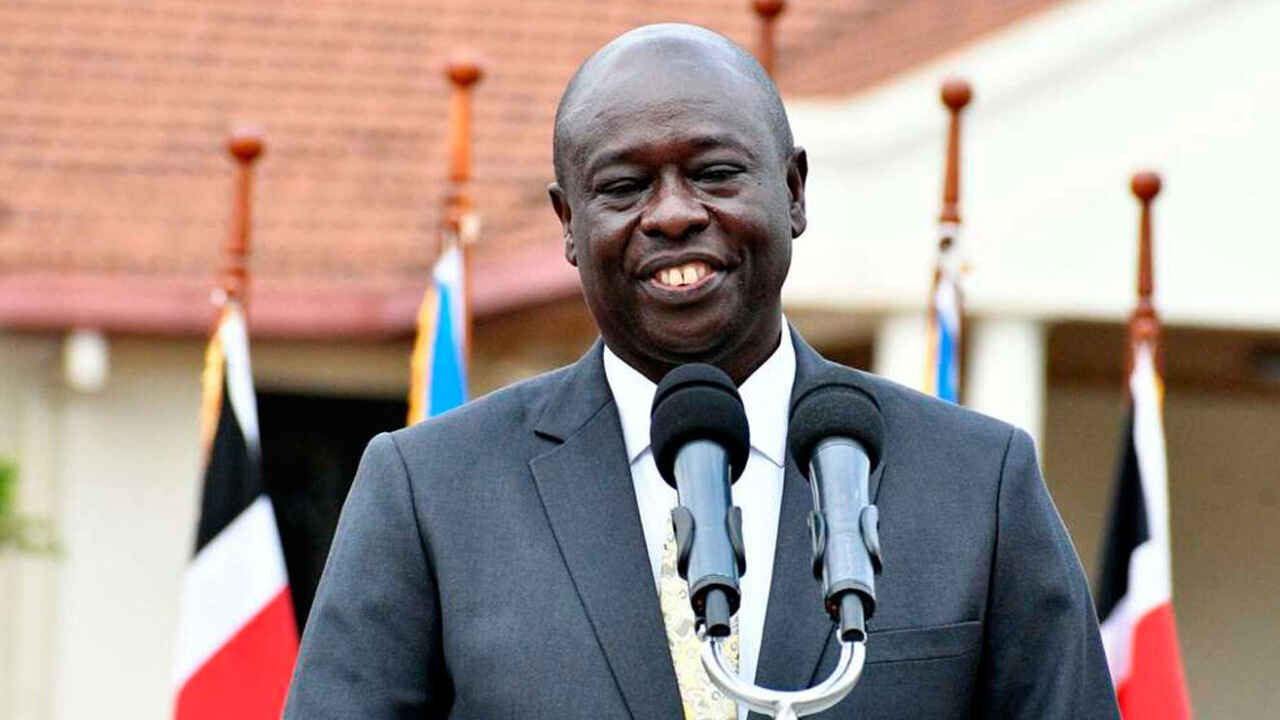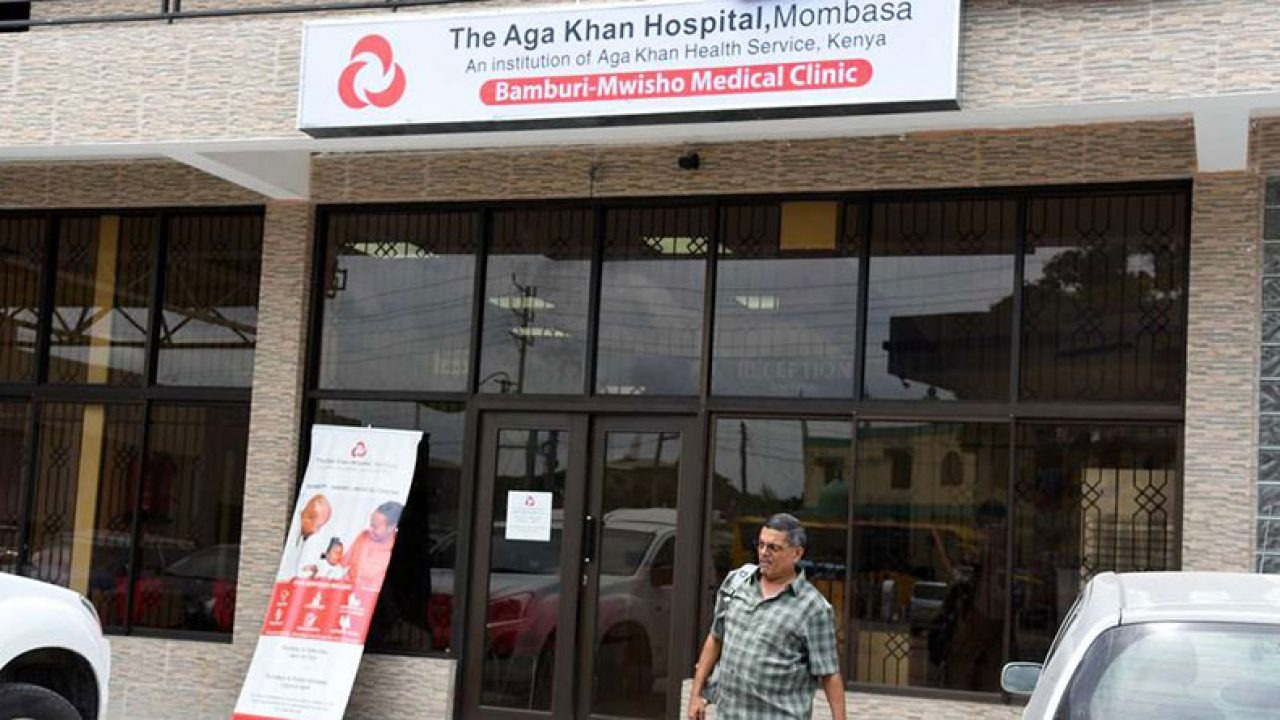Government Committed To Preventing New Teenage HIV/AIDS Infections

According to Deputy President Rigathi Gachagua, the administration has enlisted the help of local leaders, lawmakers, and other interest groups to combat the triple risks that teenagers and young adults face.
At the Harambee House Annex on Monday, Mr Gachagua welcomed the Executive Director of the Joint United Nations Programme on HIV and AIDS (UNAIDS), Winnie Byanyima, and warned the future of the country was at risk from new HIV infections among teenagers, adolescents, and young adults.
The “triple threats” are HIV infections, adolescent pregnancies and sexual and gender-based violence among adolescents and teenagers.
At least 52% of the 29,380 new infections were among teenagers and young people between the ages of 15 and 29, according to a report from the National Syndemic Diseases Control Council (formerly known as the National AIDS Control Council) from 2022. Most of these incidents involve teenage girls and women. Teenage pregnancies, SGBV, and FGM have been singled out as hazards that put girls at risk for HIV/AIDS in Kenya and around the world.
Mr. Gachagua ascribed the COVID-19 pandemic to the large number of cases in 2021. He claimed that since schools had closed, kids were at home and hence more susceptible to forced marriage, FGM, and other forms of exploitation that have been associated with an increase in infections.
“Primary education is free in Kenya. We have a challenge in slum areas but we will ensure all children are in school. The Executive has supported the NG-CDF (National Government Constituencies Development Fund kitty) so have as many schools as possible. President William Ruto and I will make it a priority in championing girl education. We will make it a priority because of the new infections,” he said.
The Deputy President pledged to support the widespread strategy for overcoming these difficulties. He promised that his and President Ruto's objective is to implement an integrated government strategy to remove all obstacles to economic empowerment and access to education.
The UNAIDS Executive Director praised Kenya for the overall decline in new infections, with the exception of teenagers and young adults, but urged the government to enroll all 1.4 million HIV/AIDS patients in antiretroviral therapy (ART). 1.2 million People with HIV/AIDS are currently receiving ARTs, but 200,000 people—mostly children—are not.
The Deputy President advised Dr. Byanyima to prioritize Kenya in order to access additional resources and to stop the rise in cases among adolescents, teenagers, and mother-to-child transmission in light of decreased global financing to countries for various programs.
According to Dr. Byanyima, setting up local pharmaceutical companies to manufacture medical products is the most economical and sustainable solution.
“We need to manufacture the drugs here (locally). We will work with you on that,” she said.
Although the number of new HIV infections is still high, it has dramatically decreased over time. Kenya reported 278 new cases of HIV infection in 2013. The daily average has dropped to about 95 instances. Between 2013 and 2022, the number of yearly instances of mother-to-child transmission decreased by half, from around 12,940 to 5,160 cases.
Stephen Jackson, the UNAIDS Resident Coordinator, Peter Tum, the Principal Secretary of the Ministry of Health's State Department for Medical Services, and Dr. Patrick Amoth, the Ag Director General for Health were among the members of the group.
|
ReplyForward
|




